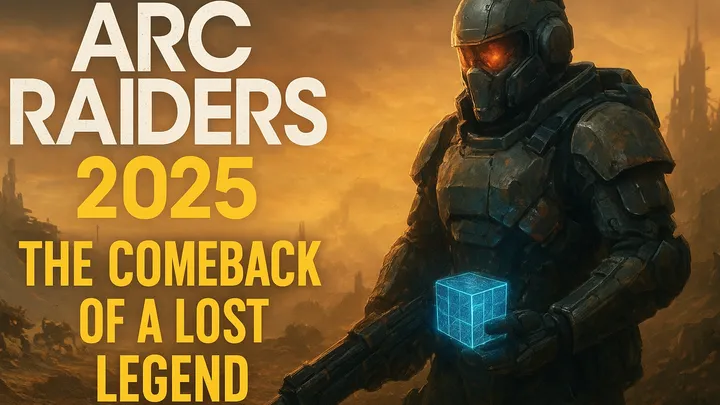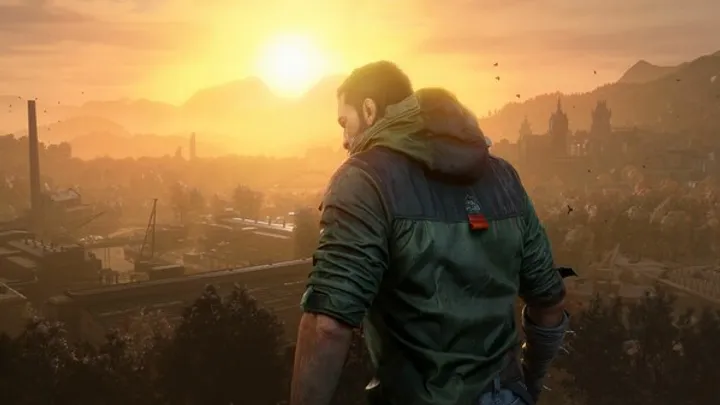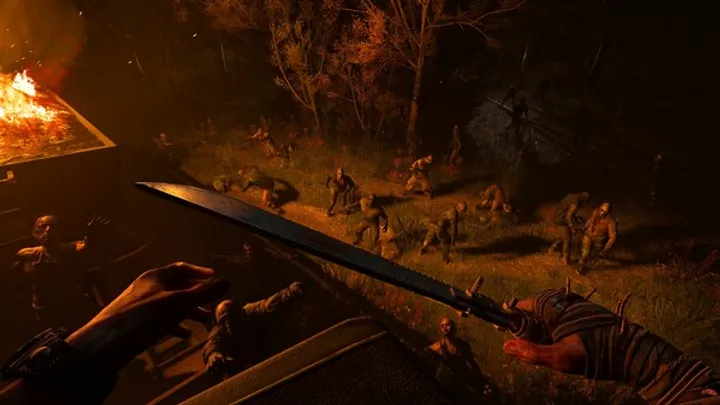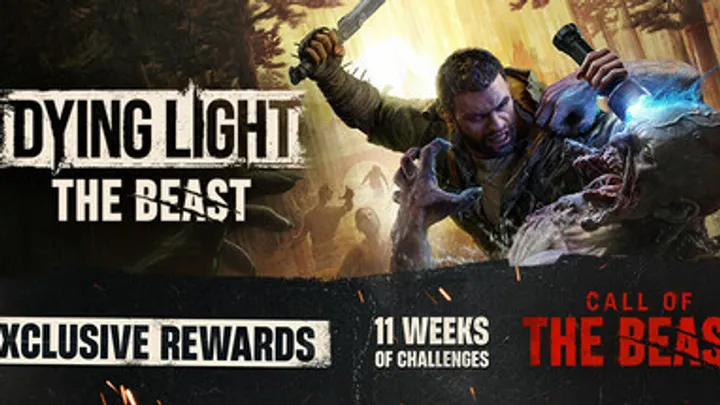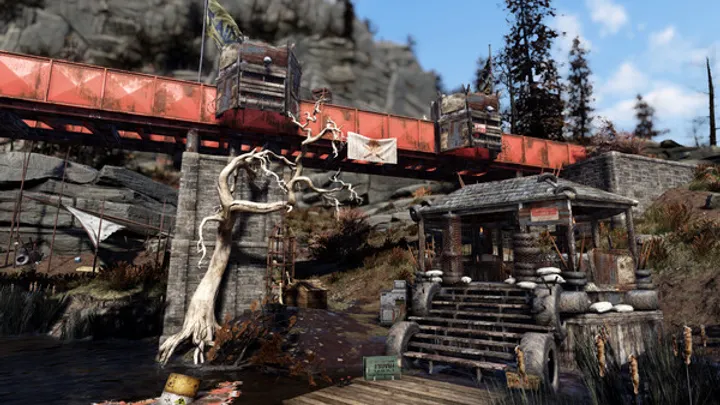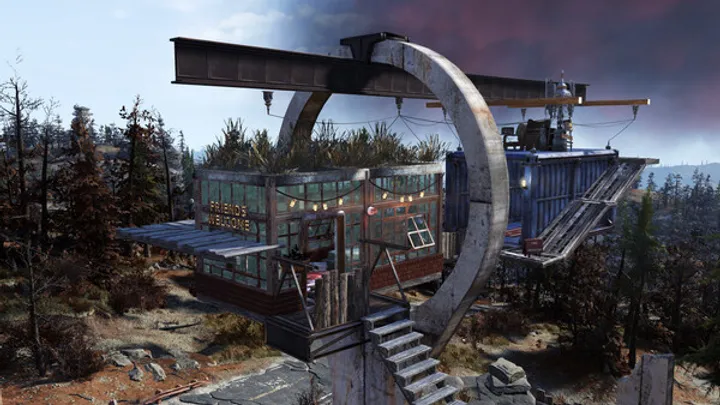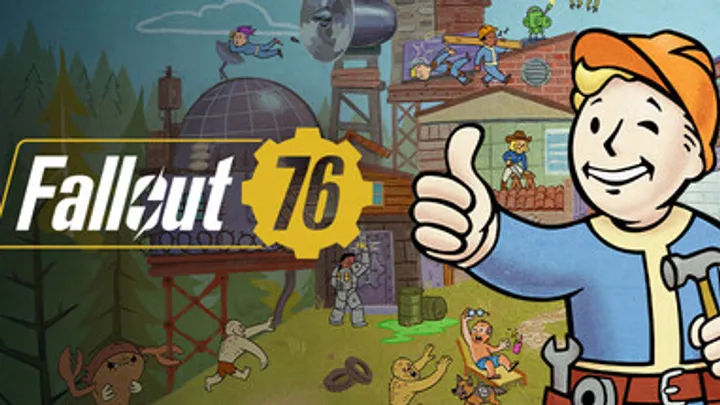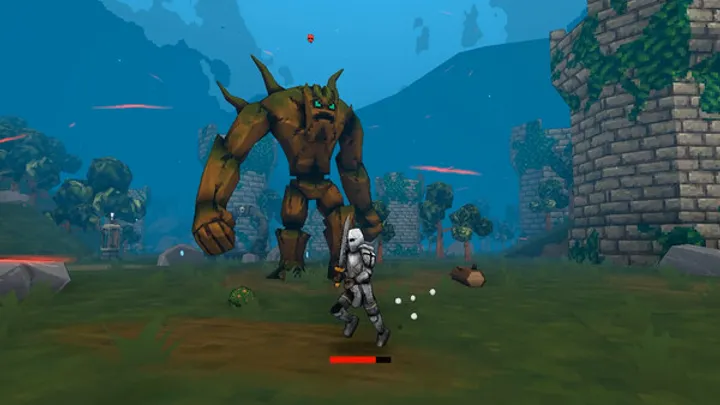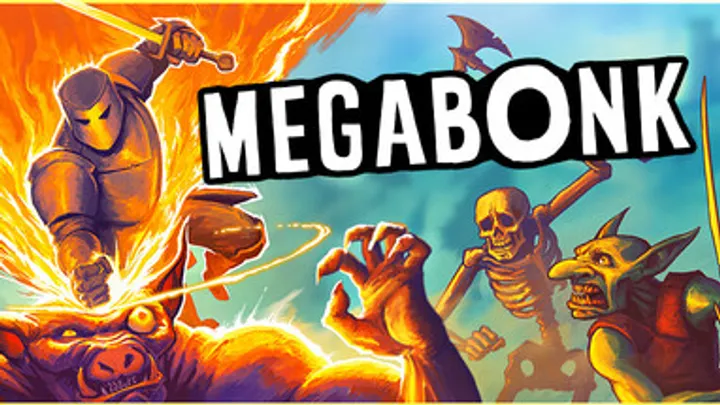Introduction
Dying Light: The Beast represents the next evolution in the parkour-survival horror franchise. Building on the brutal legacy of its predecessors, this game throws players into a ravaged city torn apart by mutated infected and human greed. The night is no longer just dangerous — it’s unpredictable, alive, and relentless. Every choice affects your survival, every movement matters, and every night feels like a test of endurance. In this guide, we’ll explore the essential tips and strategies that will help you master the mechanics of Dying Light: The Beast, from combat and stealth to crafting, exploration, and late-game survival. Whether you’re a newcomer or a veteran of Harran, this is your survival manual for mastering the beast within.
1. Starting Out – Surviving the First Hours
The opening hours of Dying Light: The Beast are all about adaptation. The city is harsh, the infected are fast, and resources are scarce.
Early Survival Tips
- Focus on mobility before combat. Your parkour skills are your lifeline.
- Avoid night exploration until you’ve upgraded your stamina and stealth perks.
- Loot every container you find — supplies like gauze and alcohol are critical for crafting medkits.
Essential Beginner Moves
Learn to chain wall runs, vaults, and slides smoothly. Early missions often force quick escapes, so practice evasive movement in open spaces. The game rewards precision and timing far more than raw aggression.
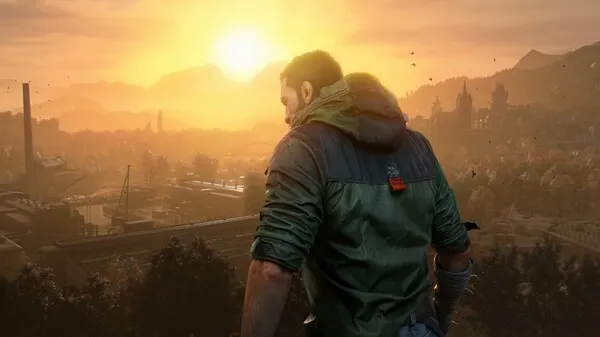
2. Mastering Parkour and Traversal
Movement is the soul of Dying Light: The Beast. Parkour isn’t just for travel — it’s your best defense and your greatest weapon.
Parkour Fundamentals
Every rooftop, ledge, and obstacle can be used to your advantage. Momentum-based climbing allows faster scaling, while vaulting over enemies mid-combat can disorient them.
Traversal Tips
- Always plan your escape route before attacking a horde.
- Upgrade your Grapple Hook early — it cuts traversal time and enables aerial attacks.
- Nighttime parkour yields double XP; use this to level agility faster.
3. Combat Mastery – From Improvised Weapons to Behemoth Hunts
Combat in Dying Light: The Beast feels more savage and weighty than ever. Each hit connects with visceral feedback, and timing determines survival.
Weapon Strategies
- Early game: Focus on machetes, pipes, and modified blunt weapons.
- Mid game: Use elemental mods (fire, shock, or toxic) to control crowds.
- Late game: Experiment with crafted hybrid weapons combining multiple elements.
Fighting the Behemoths
“The Beast” introduces towering mutated monsters that roam at night or during special events. These creatures can’t be killed with brute force alone.
- Aim for glowing weak points to deal true damage.
- Use UV traps to stagger or slow them.
- Work with allies; solo fights against Behemoths are nearly impossible early on.
4. Stealth and Night Tactics
Nighttime in Dying Light: The Beast changes the rules entirely. Enemies evolve, become faster, and patrol intelligently. Survival depends on stealth and awareness.
Stealth Tips
- Crouch and move slowly; sound detection is sharper at night.
- Use throwable decoys or flares to distract hordes.
- Avoid light zones unless you’re using them as safe markers — some infected are drawn to brightness.
Night Exploration Strategy
Night runs yield better loot, XP, and mutation cores (used for high-end upgrades). Equip UV lamps and sound traps to manipulate the battlefield when detected.
5. Crafting and Resource Management
Crafting is the heartbeat of survival. Every piece of junk can be turned into a weapon, tool, or lifesaving item.
Resource Gathering
Scavenge during the day — shops, abandoned cars, rooftops, and dark zones all contain valuable parts. Pay attention to noise; looting too loudly attracts infected.
Crafting Essentials
- Always carry medkits, lockpicks, and throwable weapons.
- Upgrade blueprints to increase efficiency.
- Salvage broken weapons to recover rare parts.
Pro Tip
Maintain at least one ranged weapon, one melee, and one throwable in your quick slots for balanced encounters.
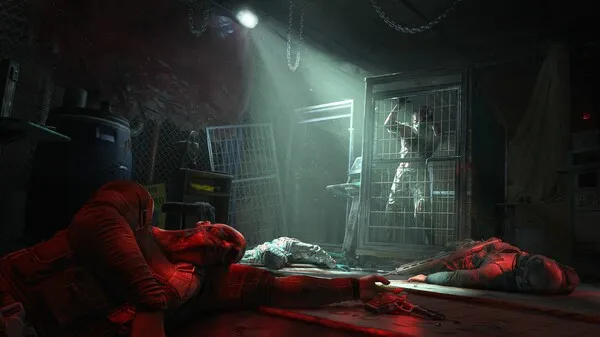
6. Upgrades, Perks, and Mutation Skills
Character growth in Dying Light: The Beast merges traditional skill trees with mutation evolution — a system granting monstrous abilities through infected DNA.
Skill Focus
- Agility Tree: Enhances parkour and stamina.
- Combat Tree: Unlocks power attacks and weapon combos.
- Survival Tree: Improves crafting and resistance.
- Mutation Branch: Grants new powers like temporary regeneration, night vision, or berserk mode.
Tips for Upgrading
- Train agility by chaining parkour combos.
- Earn mutation points by hunting alpha infected or completing mutation trials.
- Choose evolution paths carefully — once locked, they can’t be reversed.
7. Building Your Safe Zones and Base Management
Safe zones are your sanctuaries. They provide rest, storage, and protection during the night.
Creating Safe Havens
Clear infected nests and restore power to expand your control zones.
- Secure rooftop points first — they’re harder for infected to breach.
- Build UV fences and traps to prevent ambushes.
- Assign NPC survivors to defend and maintain your base.
Resource Management in Bases
Your safe zone functions as a hub for crafting, trading, and upgrading gear. Keep generators fueled and defense systems active — power outages at night can be fatal.
8. Factions, Allies, and Morality Choices
Dying Light: The Beast introduces faction politics that shape the story and your access to resources. Every alliance comes with benefits and consequences.
Factions Overview
- The Wardens: Law-enforcers who restore order through strict control.
- The Outcasts: Scavengers thriving on chaos and profit.
- The Eclipsed: A mysterious cult worshipping infection as evolution.
Tips for Diplomacy
- Helping one faction can make you a target for another.
- Faction bonuses include special blueprints, gear, or safehouse access.
- Revisit moral decisions — some storylines evolve depending on your reputation.
9. Multiplayer and Co-op Survival
Team play transforms the Dying Light: The Beast experience. Cooperative runs increase survival odds but also multiply challenges.
Co-op Strategies
- Divide roles — one player scouts, another crafts or snipes.
- Share blueprints and materials to strengthen the whole squad.
- Stick together at night; solo players become easy prey for special infected.
PvP and Invasions
Certain zones allow PvP encounters or invasion by mutated players. Use traps, UV light, and rooftops to gain the upper hand in these encounters.
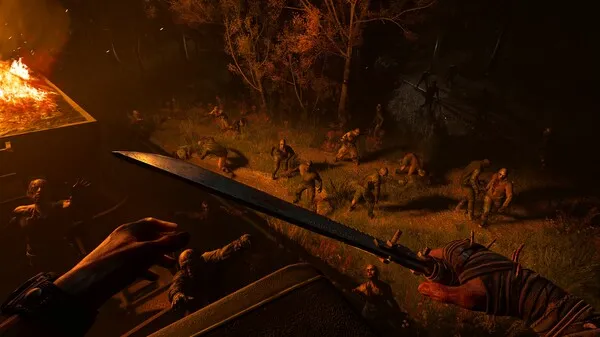
10. Endgame, Events, and Legendary Gear
Once the main story is complete, The Beast opens its endgame — a playground of dangerous zones, rare enemies, and high-risk, high-reward missions.
Legendary Gear
- Hunt Alpha Beasts for rare “Bio-Core” weapons.
- Combine mutation cores to craft hybrid gear with passive bonuses.
- Legendary items degrade slowly and can only be repaired with rare essence.
Endgame Activities
- Participate in weekly global events with unique modifiers (e.g., double mutation XP).
- Explore “The Abyss” — an underground zone filled with ancient infected.
- Build alliances for raid-style missions against colossal Behemoths.
Conclusion
Dying Light: The Beast is not just a survival game — it’s a dance between chaos and control. Every rooftop leap, every crafted weapon, and every night escape tells a story of struggle and growth. The key to mastering this brutal world lies in balance: learn to move like a predator, think like a survivor, and adapt like a mutant. Whether you play alone or with allies, survival is earned, not given. The Beast is inside everyone — the question is, will you tame it or become it?








